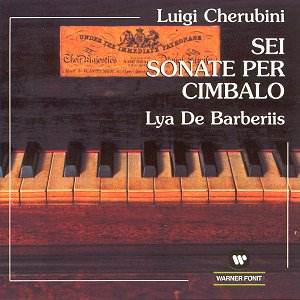 Composer: Wolfgang Amadeus Mozart
Composer: Wolfgang Amadeus Mozart
Works: Concerto for Piano and Orchestra No 21 in C major, K467; Concerto for Piano and Orchestra No 9 in E flat, K271
Performers: Stephen Hough, piano; Hallé Orchestra/Bryden Thomson
Recording: Manchester, May 1987
Label: EMI CLASSICS FOR PLEASURE 575 1452
Mozart’s piano concertos stand as pillars of the classical repertoire, each a testament to the composer’s genius at fusing lyrical beauty with structural integrity. Among these, the Piano Concerto No. 21 in C major, K467, often dubbed “Elvira Madigan” due to its association with the 1967 film, has garnered immense popularity, particularly for its sublime Andante. Conversely, the earlier Concerto No. 9 in E flat major, K271, composed when Mozart was only twenty, showcases the youthful exuberance and innovation of a nascent master. The juxtaposition of these two concertos within the EMI recording featuring pianist Stephen Hough and the Hallé Orchestra, conducted by Bryden Thomson, provides a fascinating exploration of Mozart’s evolving style.
Hough’s interpretation of K467 reveals a pianist deeply attuned to the work’s intricate textures yet occasionally faltering in conveying its emotional depth. The opening Allegro is marked by a buoyant energy, with Hough’s agile fingers navigating the elaborate passagework with commendable precision. However, the performance lacks the gravitas that some of the great interpreters, such as Mitsuko Uchida or Alfred Brendel, bring to the work. One misses the sense of lyrical longing that characterizes the slow movement, where Hough opts for a somewhat restrained approach. The delicate filigree of the piano line, while executed with finesse, feels underwhelming compared to other interpretations that explore a broader emotional landscape.
In contrast, K271 offers a more vibrant display of Hough’s artistry. The Allegro maestoso is imbued with a youthful vigor, and the Hallé Orchestra supports with a rich, full sound that complements Hough’s spirited playing. The expansive slow movement of K271 is where Hough truly shines, his nuanced phrasing and dynamic contrasts illuminating the lyrical beauty intrinsic to Mozart’s writing. This section is notably expansive, and Hough’s attention to detail allows for moments of profound introspection that resonate deeply.
The engineering quality of this recording is noteworthy, capturing the warmth of the orchestral ensemble and the clarity of the piano. The balance struck between soloist and orchestra is commendable, allowing both to shine within the texture. However, the overall sound lacks the immediacy and vividness found in more contemporary recordings, which may detract from the listener’s experience. Comparatively, the discography of K467 includes illustrious renditions that offer more dramatic contrasts and emotional engagement, such as those by Daniel Barenboim and Maria João Pires.
The Hallé’s orchestral sound under Bryden Thomson possesses a sweeping quality that serves K467 well, imparting a symphonic character that reinforces its place among Mozart’s more substantial works. While Hough’s performance at times feels too restrained, his technical prowess and delicate touch provide moments of delight, particularly in the interplay between the soloist and orchestra. The coupling of K271 adds value, showcasing a lesser-known yet compelling work that deserves attention, especially in Hough’s capable hands.
The dual nature of this recording encapsulates both the challenges and triumphs inherent in interpreting Mozart. Hough’s performances, while technically accomplished, occasionally lack the revelatory depth that one hopes for in such revered works. This disc will appeal to listeners seeking an affordable introduction to Mozart’s piano concertos, but those familiar with the repertoire may find themselves yearning for a more compelling artistic narrative.



